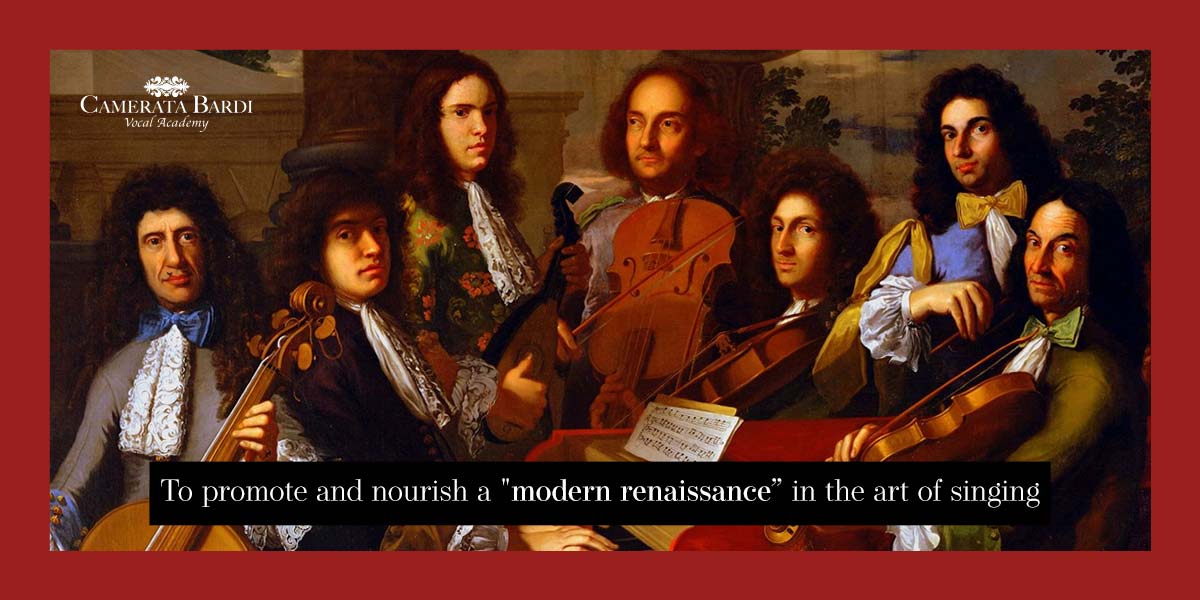

Camerata Bardi International Academy provides rigorous training and real-world performance opportunities to young artists from around the world, empowering the next generation of opera singers with the confidence, adaptability, and artistic identity they need to thrive in today’s evolving industry. In 2025, the Academy served more than 40 rising young artists, giving them educational and performance opportunities via workshops, coachings, industry auditions, and operatic productions and performances on two continents. Our young artists met and worked with leading figures across the industry, including directors and conductors, agents and managers, coaches, consultants, and more. Academy singers emerge from the program equipped with the skills and tools they need to succeed in the fast-paced, high-level environment of the professional operatic scene.
Alumni of the Camerata Bardi International Academy are succeeding at the highest echelons of the industry, including Seongyun (Luna) Park, a semifinalist in the prestigious Operalia competition, Annie Fassea, who recently made her debut at the Royal Opera House in London, and multiple winners of various divisions of the Metropolitan Opera’s Laffont Competition, including Maia Gonzalez and Claire Tendl in fall 2025. Recent Academy productions in New York and Italy include the world premiere of Nicolas Flagello’s Beyond the Horizon, as well as revivals of W.A. Mozart’s Don Giovanni and Le nozze di Figaro, Gaetano Donizetti’s L’elisir d’amore, and Georges Bizet’s Carmen.

In 2026, the Academy will offer two stages of programming for its participants:
Stage One unrolls across the year and consists of group workshops and indIvidually-scheduled online sessions and coachings, exploring topics such as Italian diction and recitativos, score study/role preparation, audition preparation and professional presentation, stylistic considerations and musical traditions in opera, and “the business of singing,” including marketing, social media presence, etc.
Stage Two consists of our Summer and Autumn Productions. This season features three cycles of productions in New York City and Italy; all begin with a few days of in-person Academy workshops, coachings, and industry auditions:
W.A. Mozart’s COSÌ FAN TUTTE in NYC at the Ellen Stewart Theater, La MaMa, July 2026
Giacomo Puccini’s SUOR ANGELICA & GIANNI SCHICCHI at Teatro Savoia - Campobasso & Teatro Maria Caniglia - Sulmona, Italy, August and September 2026
Giacomo Puccini’s SUOR ANGELICA in NYC, at “The Sam” Theater, The Flea, November 2026

Teatro Savoia, Campobasso | in collaboration with OperaStudio Molise
La MaMa, The Downstairs Theater, New York City
La MaMa, The Downstairs Theater, New York City